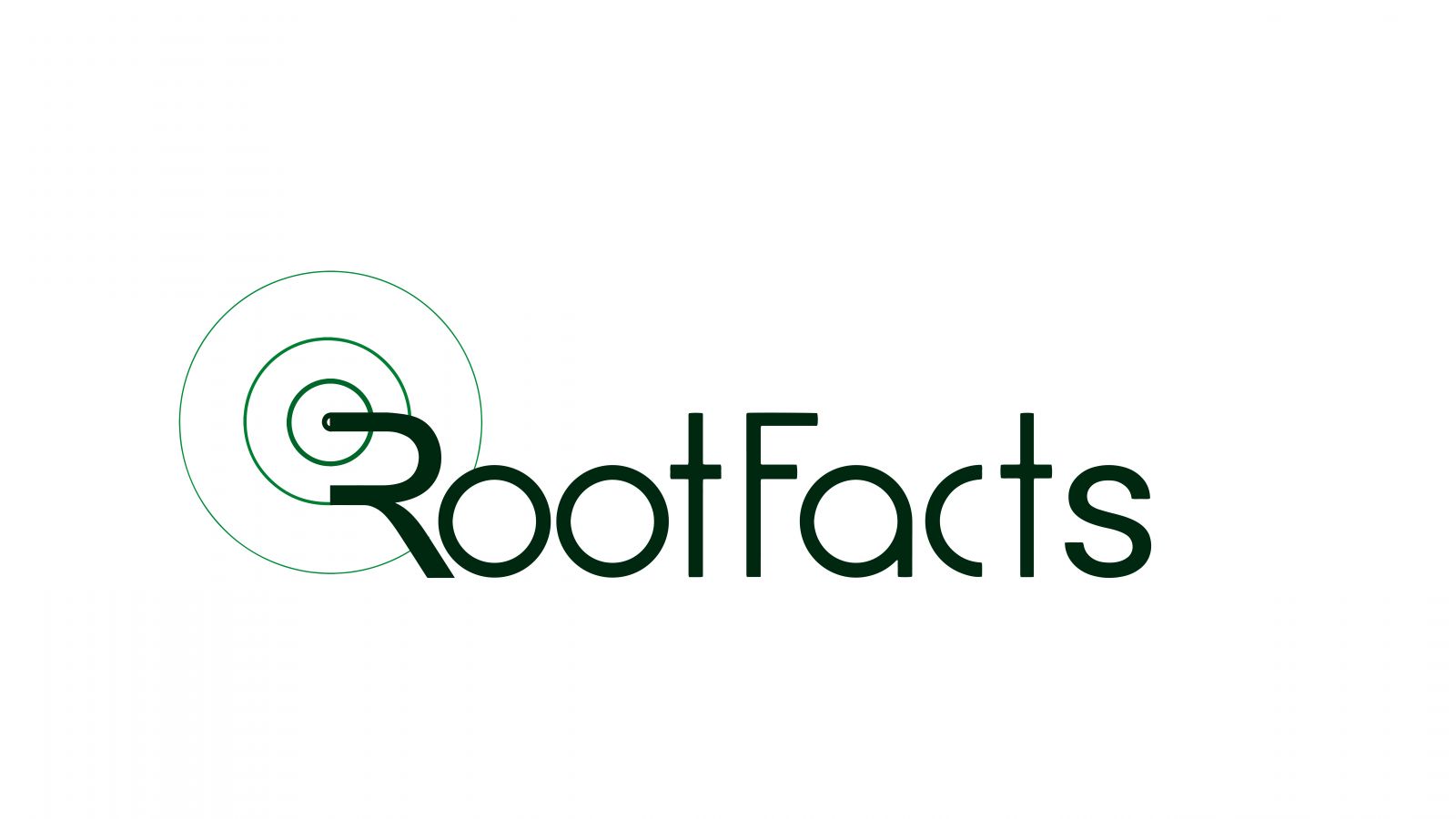Internet of Things (IoT) for Smart Water Management Solutions
Use IoT sensors to optimize water usage and gain insights.
Water, which is needed to sustain life, must be managed responsibly and this is not the case. In dealing with water services there are challenges such as old infrastructures, scarcity of water and ineffective distribution systems. And here comes the Internet of Things (IoT) which changes everything. With Smart Water Management Solutions RootFacts Company, a leader in innovative water industry solutions uses IoT technology to empower water utilities.
This comprehensive guide delves into how IOT transforms water management, examines its applications and distinctive value proposition offered by RootFacts solutions.
Understanding the Internet of Things (IoT)
It can be understood as the interconnection via software of physical devices -sensors, actuators and meters enabling them to collect data and exchange it automatically over networks . These devices are typically installed at different points on a network that supports the conveyance of liquid from one place to another in relation to water management.
Benefits of IoT for Smart Water Management
Use of IoT by water utilities can bring about significant improvements in their management:
Improved Leak Detection
Traditionally it has been very hard and time consuming to detect leaks within pipes. However smart meters enabled by IoT come with leak detection algorithms that spot these leaks instantly thereby reducing cases such as loss in revenue due wastage that goes hand-in-hand with usage.
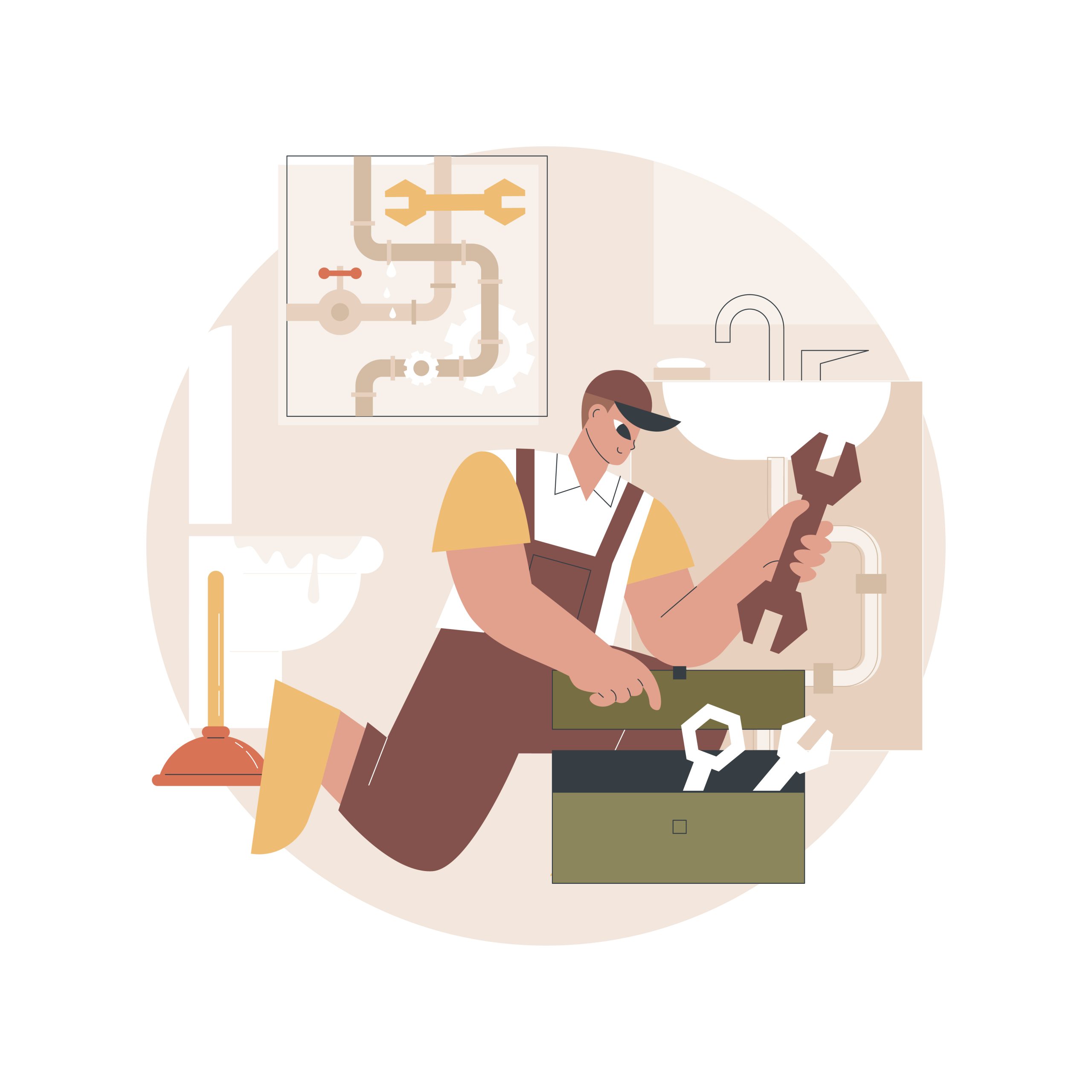
Data-driven Decision Making
A lot of information on performance indicators like consumption patterns, potential problems and other network related issues can be drawn from numerous sources that exploit almost all available parameters relating to water usage data. It helps decision makers in infrastructure investments planning, timing maintenance schedules etc..
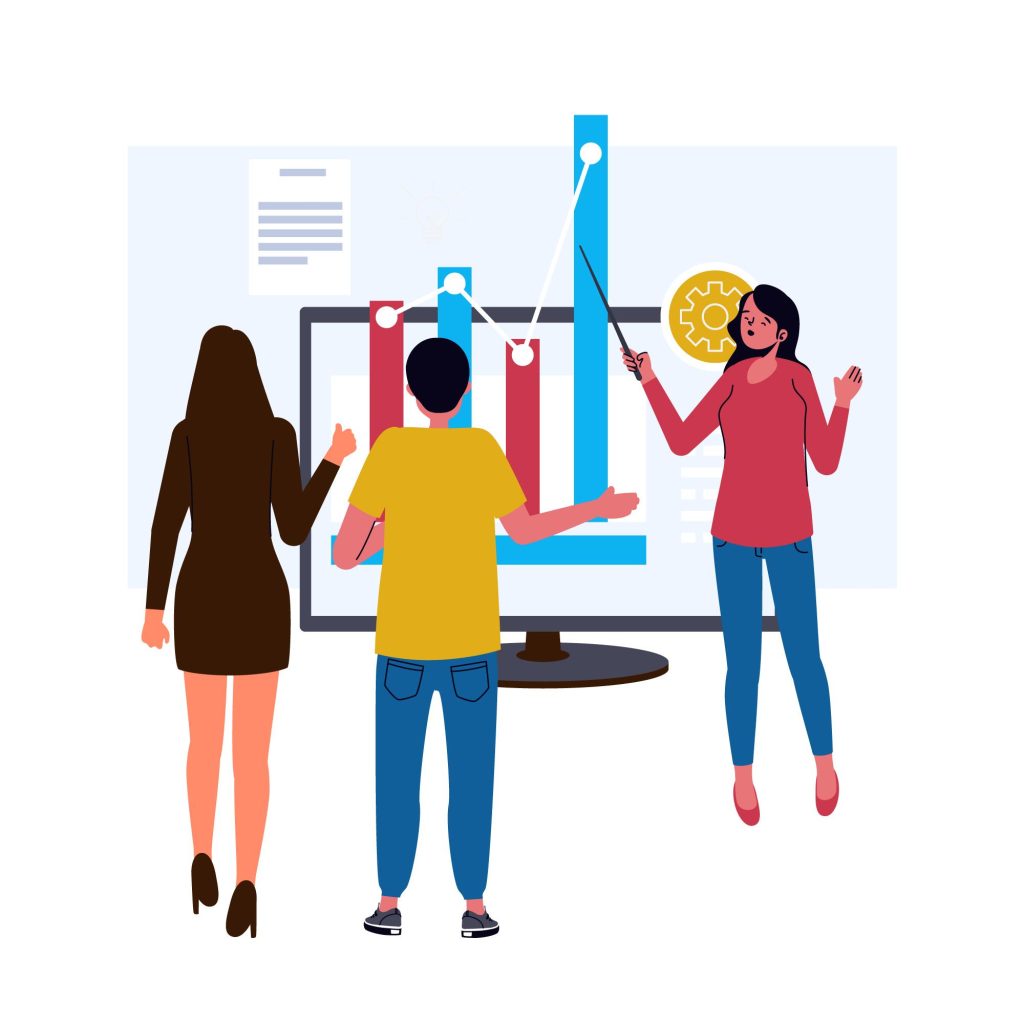
Operational Efficiency Improvement
Some tasks executed using IOT automation technologies include meter reading, valve control or pump operating. This implies reduced manual intervention through elimination of errors arising from human beings thus improving resource allocation for maintenance teams.
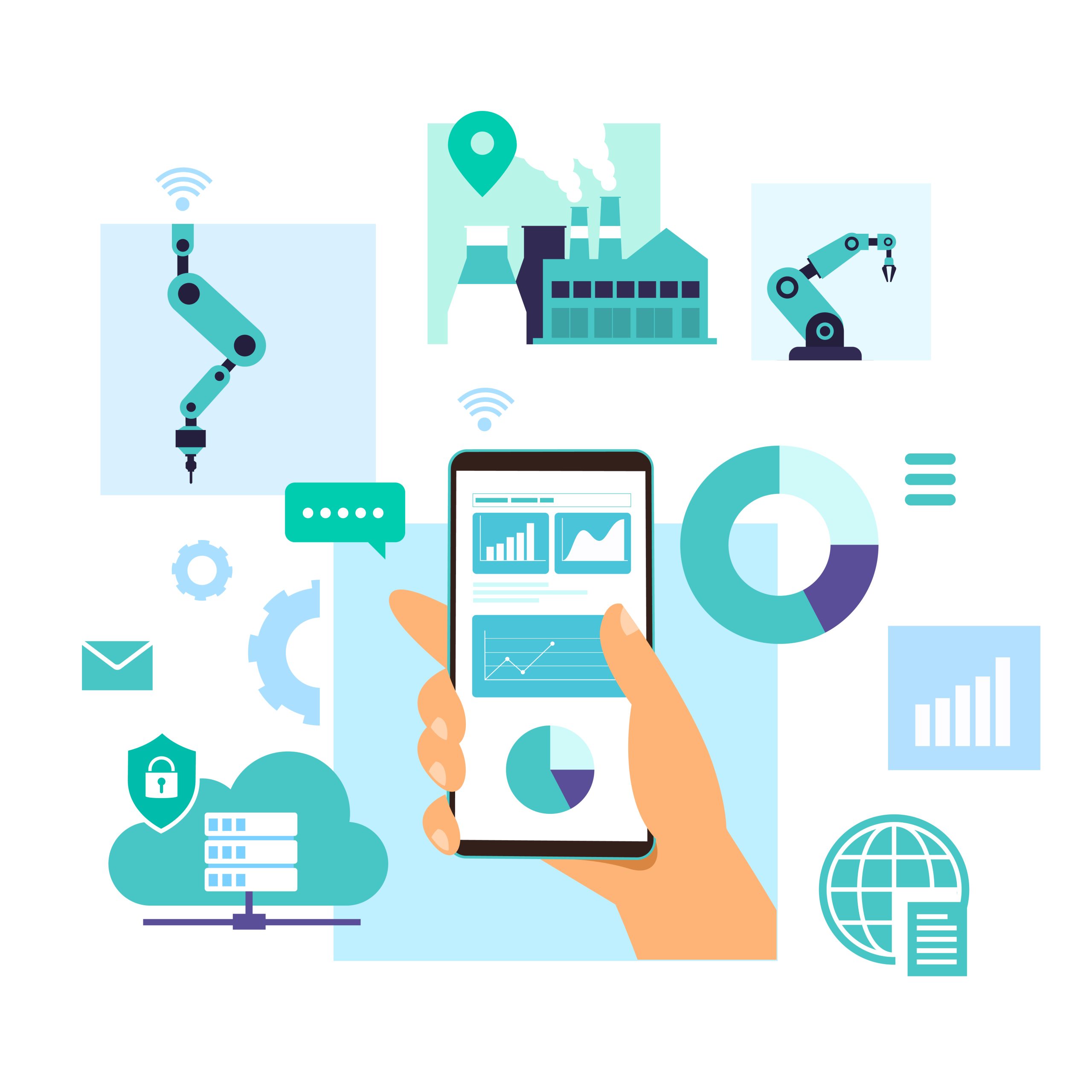
Conservation of Water
Instantaneous records of water consumption by utilities would help in identifying spots with abnormal high usage and implementing targeted conservation initiatives. By adjusting watering frequency based on real-time weather information and ground moisture levels, such as IoT smart irrigation system could prevent wastage of water.
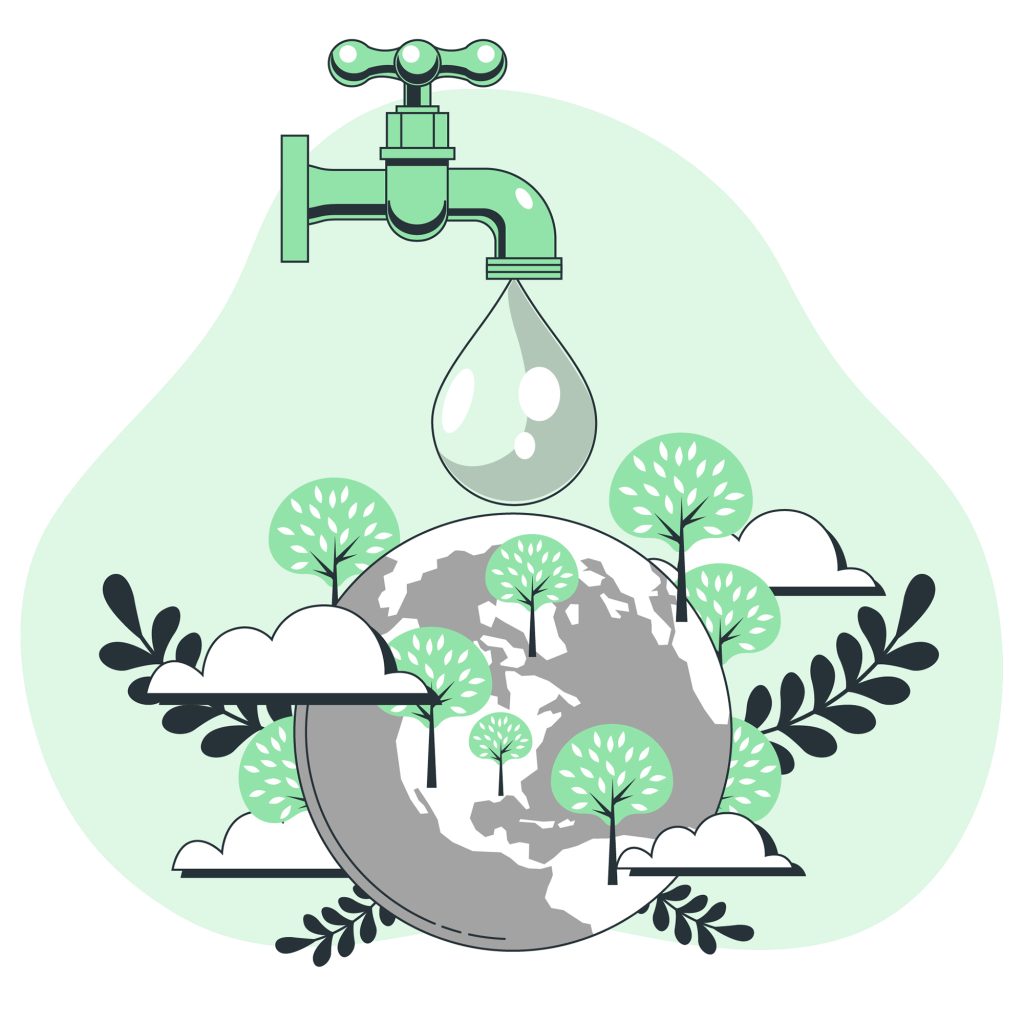
Improved Customer Engagement
Customers can now monitor their own water use through applications developed by this company that are IoT enabled, receive leak alarms or get account statements. This increases accountability, motivates customers to save water and increases satisfaction levels.
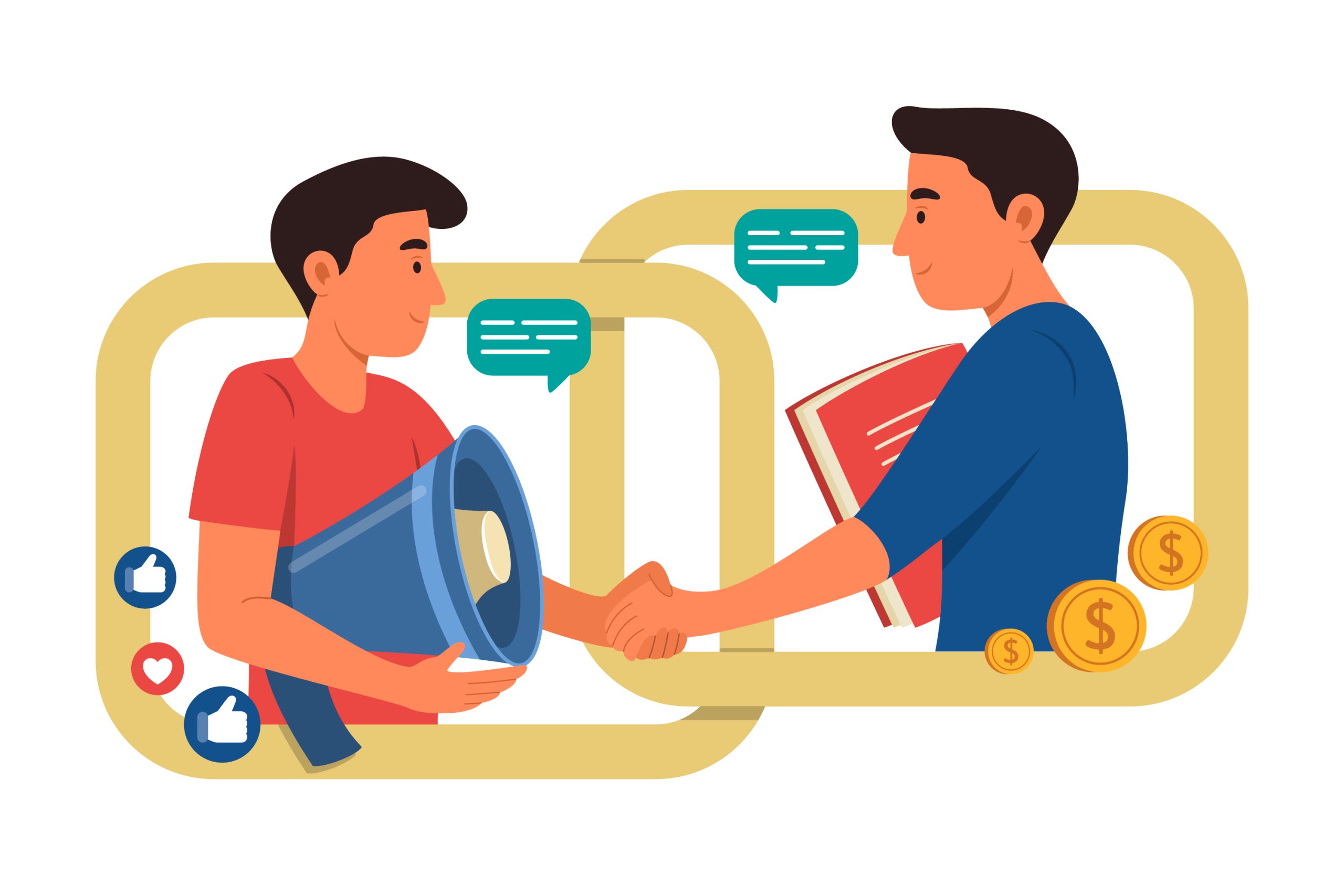
Applications of IoT in Smart Water Management
Various applications fall under RootFacts IoT-enabled Smart Water Management solutionsvvv
Smart Metering
For example, real time data collection, leak detection or remote meter reading is made possible by Advanced Metering Infrastructure (AMI) with the aid of IOT sensors. Besides the ability to identify water thefts or attempted tampering while at the same time another use for this data will be able to detect if any one tampers along your way.
Pressure Management Systems
Dynamically regulating pressure using IoT enabled pressure sensors and control valves across the distribution system optimizes energy usage in pumping pipes as well as reducing pipe bursts caused by over pressure conditions.
Water Quality Monitoring
For instance chlorine levels, turbidity or pH can easily be kept track off using IOT sensors. The idea behind this is to have a real-time tool for safe drinking whereas alert mechanisms are established to warn off people about any contamination threats.
Smart Leak Detection
Utility companies can install sensors in strategic locations throughout their network so that even small leaks are detected before they become catastrophic failures leading to loss of large amounts of water and destruction of infrastructure.
Smart Irrigation Systems
In agriculture and landscaping setups, internet of things devices that sense moisture status and weather data can automate adjustments of irrigation intervals. This ensures efficient management of available scarce resources like water while maximizing yields from crops grown within this area.
RootFacts Smart Water Management Solutions with IoT
RootFacts Company offers a complete range of IoT-based Smart Water Management Solutions that are targeted for water utilities
Sensor Integration and Network Connectivity
RootFacts solutions easily blend different IoT sensors with prevailing water infrastructure. Furthermore, the company guarantees strong and protected network connection to help in the reliable transmission of data.
Data Management and Analytics Platform
This is a safe and expandable cloud-based platform that accumulates, stores, and analyzes information from IoT sensors. With this platform, utilities can access real-time data visualization, historical data analysis, and actionable insights.
Advanced Analytics and Machine Learning
Using machine learning algorithms, RootFacts detects patterns in water usage data, predicts potential leaks as well as infrastructure failures thus optimizing its network performance.
Mobile App and Customer Portal
These client-friendly mobile apps plus web portals are designed to enable customers to access their water usage data, report leaks or get alerts on their accounts’ status while at home or elsewhere. Such tools enhance openness in services provided by companies hence promoting a better customer interaction.
Security and System Integration
As an organization which focuses on sacredness of information as well as unification of IoT into water systems makes it more dynamic.
